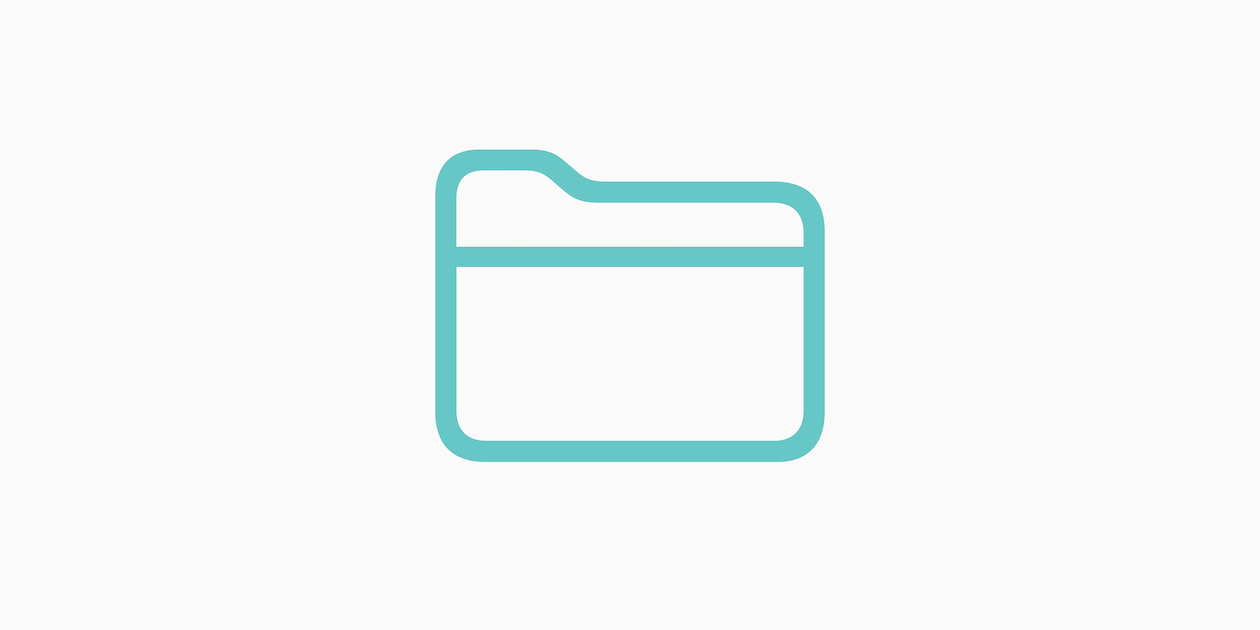INTRODUCTION
Help your students increase fluency, build confidence and become a stronger reader with this interactive journal in Keynote. Immersing students in the rich world of text in books, online and in their environment sparks their curiosity. How do your students interact with books and the text they encounter at school, home and the community?
FLUENCY JOURNAL IN KEYNOTE
Introduce your students to the concept of fluency by explaining that fluency describes how well they can read the words in books with speed and confidence. A fluent reader sounds like they are telling a story or having a conversation. The words flow naturally and make sense to the listener.
Distribute a copy of the fluency journal to your students. You can use the Keynote template provided or create your own. Start by having your students add a photo to the cover and a simple recording on the next slide page. The first recordings do not have to be reading a book because you want to build confidence in using the recording tools to get started. I plan to have my students take a picture of the book they check out from the library and record a few sentences describing why they chose that book. Keep it simple at first and then encourage your students to personalize their fluency journal with drawings, photos and audio recordings.
As my students visit the media center throughout the year, they will continue to add recordings to their journal each month. Depending on their reading skills, we will start with simple sentences, rhyming poems and progress to reading books.
THE SCIENCE OF READING
This activity specifically focuses on fluency and is conducive to adding other tasks that reinforce the main themes of the science of reading.
- Phonemic Awareness
- Phonics
- Fluency
- Vocabulary
- Comprehension
View the infographic to get more information.
IDEAS FOR USE
This Keynote template is created in a journal format to collect authentic, anecdotal evidence tracking the development of oral reading fluency in early readers.
- Classroom teacher: Track fluency with leveled readers and share this data with parents and reading specialists.
- Special Education teacher: Use for goal tracking and updating progress reports for your students.
- Reading Specialist: Help reading groups increase their fluency and confidence while promoting the joy of reading.
- Media Specialist: Keep a record of books checked out by students and fluency reading these books.
How do you promote fluency in your classroom? Share your ideas 💡 in the comments below. Download the fluency journal template to help young readers develop a love of literature and build their confidence with reading.










August 20, 2024 . English
English
Love this way to document fluency. Thanks for the template to make it easy!
This action is unavailable while under moderation.
This action is unavailable while under moderation.